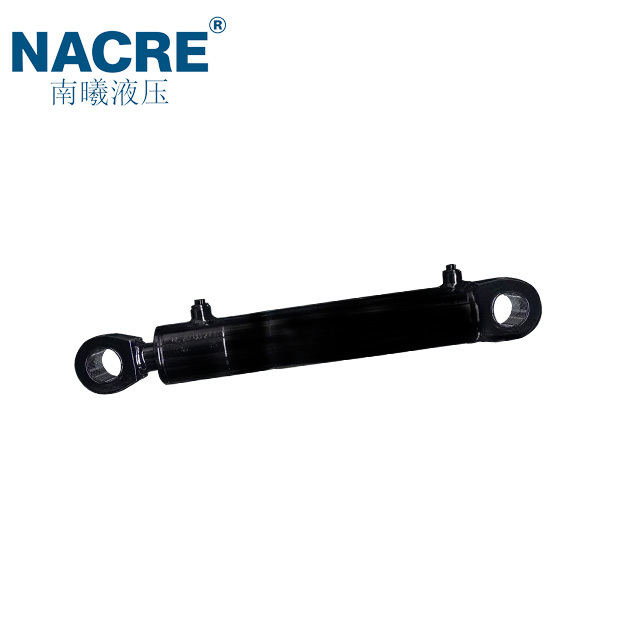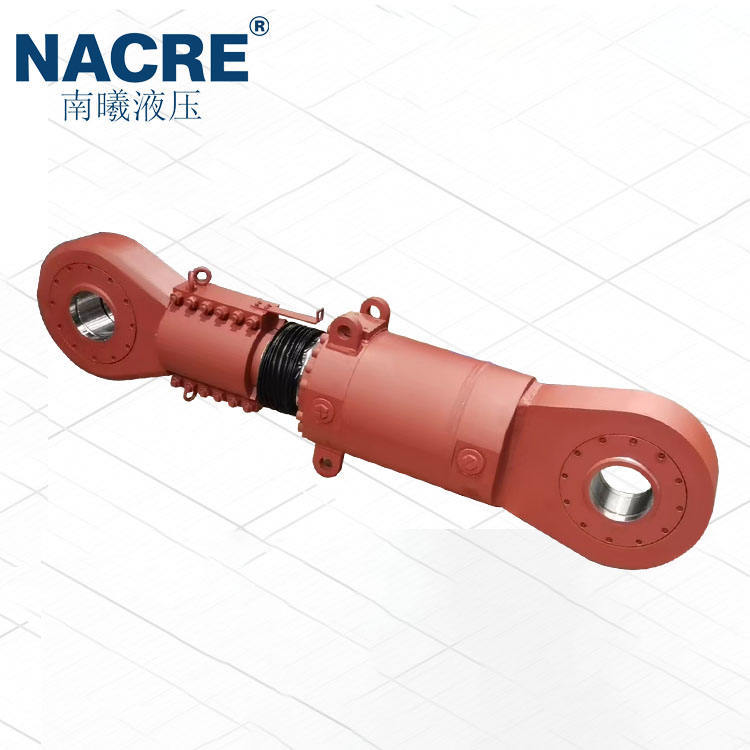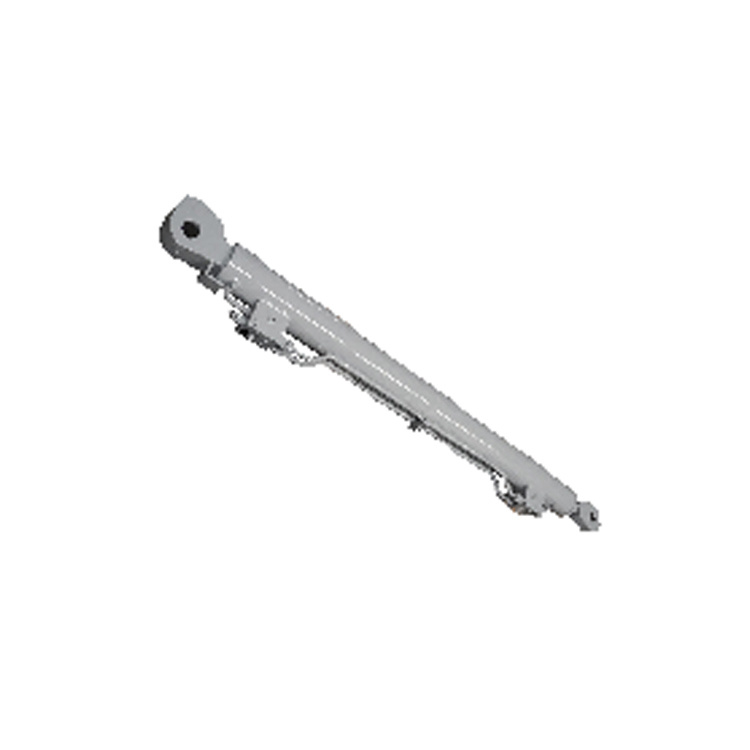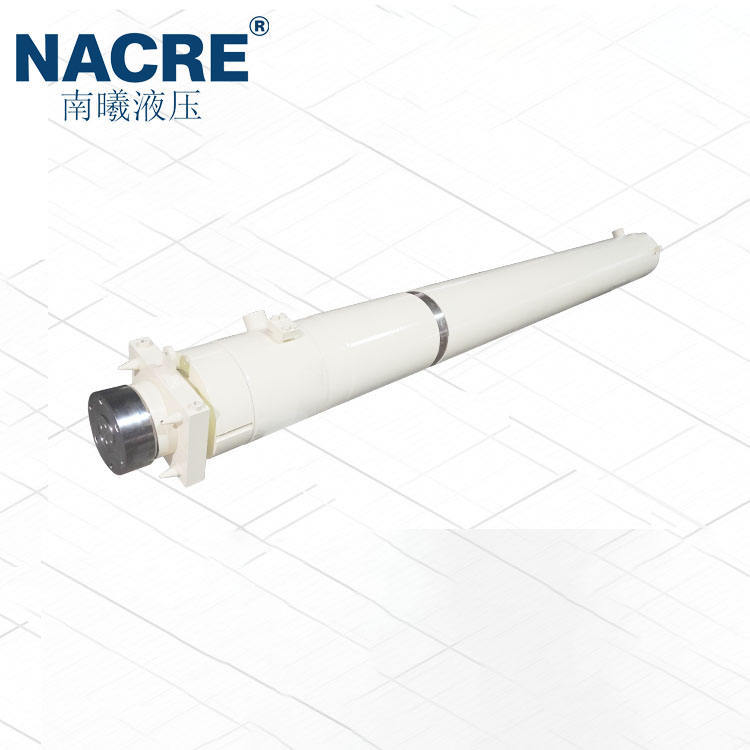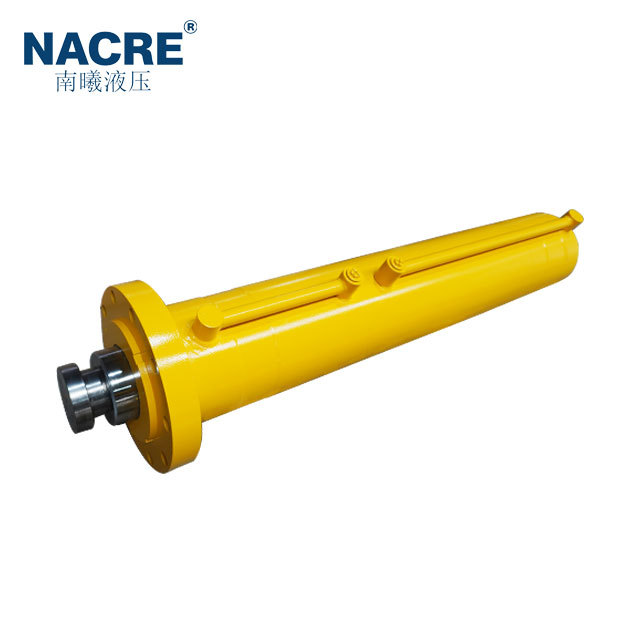The Essential Guide to Choosing Hydraulic Cylinders for Pile Equipment
2025-04-25
The Essential Guide to Choosing Hydraulic Cylinders for Pile Equipment
Table of Contents
- 1. Introduction to Hydraulic Cylinders
- 2. Understanding Pile Equipment
- 3. Importance of Hydraulic Cylinders in Pile Equipment
- 4. Types of Hydraulic Cylinders Used in Pile Equipment
- 5. Key Factors in Choosing Hydraulic Cylinders
- 6. Essential Hydraulic Cylinder Specifications
- 7. Maintenance Tips for Hydraulic Cylinders
- 8. Common Issues with Hydraulic Cylinders and Solutions
- 9. Conclusion
- 10. Frequently Asked Questions
1. Introduction to Hydraulic Cylinders
Hydraulic cylinders play a crucial role in various machinery, especially in pile equipment. These power-packed components translate hydraulic energy into linear motion, enabling machinery to perform heavy lifting and pushing tasks efficiently. Understanding hydraulic cylinders is essential for optimizing their performance and ensuring longevity in demanding environments.
2. Understanding Pile Equipment
Pile equipment is fundamental in construction, particularly in foundation work. This equipment is employed to drive piles into the ground, providing stable support for structures. Various types of pile equipment, such as pile drivers, excavators, and drill rigs, depend on hydraulic cylinders to function effectively. Familiarity with this equipment will help in selecting the right hydraulic components.
3. Importance of Hydraulic Cylinders in Pile Equipment
The efficiency and reliability of pile equipment largely depend on the hydraulic cylinders integrated within them. These cylinders provide power and control, allowing for precise movements and adjustments during pile driving. With the right hydraulic cylinder, operators can enhance safety, improve productivity, and reduce downtime, leading to more effective project execution.
4. Types of Hydraulic Cylinders Used in Pile Equipment
When choosing hydraulic cylinders for pile equipment, it's essential to understand the various types available. Here are the most common types:
4.1 Single-Acting Cylinders
Single-acting hydraulic cylinders have one port and utilize hydraulic pressure to extend the cylinder rod. These are perfect for applications requiring a pulling action, making them suitable for specific pile driving tasks.
4.2 Double-Acting Cylinders
Double-acting cylinders feature two ports and can apply force in both directions. This versatility allows for more complex operations, making them a popular choice in pile equipment, enabling both lifting and lowering functions.
4.3 Telescopic Cylinders
Telescopic cylinders consist of multiple nested cylinders, allowing for a significant stroke length in a compact form. These are ideal for applications where space is limited but extended reach is necessary.
5. Key Factors in Choosing Hydraulic Cylinders
Selecting the right hydraulic cylinder entails considering several critical factors:
5.1 Load Capacity
Understanding the load capacity required for your specific pile equipment is paramount. Hydraulic cylinders are rated for specific loads, and exceeding this capacity can lead to failure and safety hazards.
5.2 Stroke Length
The stroke length of a hydraulic cylinder determines how far the piston can travel. Assessing the stroke length needed for your applications ensures optimal functionality and performance.
5.3 Operating Pressure
The operating pressure of the hydraulic system must align with the cylinder’s specifications. It's essential to ensure that the cylinder can operate efficiently under the expected pressure levels.
5.4 Cylinder Materials
The materials used in the construction of hydraulic cylinders affect their durability and corrosion resistance. Opting for high-quality materials can enhance performance and longevity, especially in harsh environmental conditions.
5.5 Sealing Systems
Effective sealing is crucial for preventing fluid leaks and maintaining pressure in hydraulic systems. Evaluate the sealing systems available for hydraulic cylinders to ensure reliability and efficiency.
6. Essential Hydraulic Cylinder Specifications
Understanding the specifications of hydraulic cylinders is vital in making an informed selection. Key specifications to consider include:
6.1 Bore Diameter
The bore diameter affects the force generated by the cylinder. A larger bore diameter typically increases the force output, which can be beneficial in heavy-duty applications.
6.2 Rod Diameter
The rod diameter influences the strength and stability of the cylinder. Selecting the appropriate rod diameter ensures that the cylinder can withstand operational stresses without failure.
6.3 Overall Length
The overall length of the hydraulic cylinder must be compatible with your equipment's design and operational requirements. Proper length ensures effective integration and functionality.
6.4 Port Size and Type
Hydraulic cylinders come with various port sizes and types. Ensuring compatibility with your hydraulic system's fittings is essential for a seamless connection and optimal performance.
7. Maintenance Tips for Hydraulic Cylinders
Regular maintenance of hydraulic cylinders is essential for ensuring longevity and reliable operation. Here are some key maintenance tips:
7.1 Regular Inspections
Conduct routine inspections to check for signs of wear, leaks, and damage. Early detection of issues can prevent costly repairs and downtime.
7.2 Fluid Checks
Ensure that the hydraulic fluid levels are adequate and that the fluid is clean. Contaminated fluid can lead to cylinder wear and failure.
7.3 Seal Replacement
Monitor the condition of seals and replace them as necessary. Worn seals can cause leaks and pressure loss, reducing the efficiency of the hydraulic system.
7.4 Lubrication
Proper lubrication of moving parts is crucial for minimizing friction and wear. Follow manufacturer recommendations for lubrication intervals and types.
8. Common Issues with Hydraulic Cylinders and Solutions
Hydraulic cylinders may encounter various issues that can affect their performance. Here are some common problems and their solutions:
8.1 Hydraulic Leaks
**Issue:** Leaks can occur due to worn seals or damaged components.
**Solution:** Regularly inspect seals and replace them when necessary. Address any damage immediately to prevent fluid loss.
8.2 Cylinder Drift
**Issue:** Unintended movement of the cylinder when not under load can indicate a problem.
**Solution:** Check the hydraulic pressure and ensure that the system is functioning correctly. Adjustments may be needed to the controls.
8.3 Overheating
**Issue:** Overheating can lead to fluid breakdown and damage to seals.
**Solution:** Monitor the operating temperature and ensure adequate cooling measures are in place. Regular fluid changes can also help.
8.4 Reduced Performance
**Issue:** A decrease in performance can indicate internal wear or fluid contamination.
**Solution:** Conduct a thorough inspection and replace any worn components. Ensure that hydraulic fluid is clean and at proper levels.
9. Conclusion
Selecting the right hydraulic cylinders for pile equipment is a critical decision that impacts operational efficiency, safety, and reliability. By understanding the various types of cylinders, key specifications, and maintenance practices, operators can make informed choices that enhance their equipment’s performance. Prioritizing quality, compatibility, and proper maintenance will ensure that your hydraulic systems function at their best, ultimately leading to successful project outcomes.
10. Frequently Asked Questions
What is a hydraulic cylinder?
A hydraulic cylinder is a mechanical device that converts hydraulic energy into linear motion, enabling various machinery to perform tasks such as lifting, pushing, or pulling.
How do I determine the right size of hydraulic cylinder for my pile equipment?
To determine the right size, consider the load capacity, stroke length, and compatibility with your equipment. Evaluate the specifications needed for your specific application.
What materials are hydraulic cylinders typically made from?
Hydraulic cylinders are commonly made from steel, aluminum, or composite materials, chosen for their strength, durability, and corrosion resistance.
How often should I maintain my hydraulic cylinders?
Regular maintenance should occur according to the manufacturer’s recommendations, often quarterly or annually, but more frequent checks may be necessary in harsh conditions.
Can hydraulic cylinders be repaired?
Yes, many hydraulic cylinders can be repaired by replacing seals, rods, or other damaged components, depending on the severity of the issue.
By following this essential guide, industry professionals can confidently choose the right hydraulic cylinders for their pile equipment, ensuring optimal performance and project success.
Previous Page
Previous Page
Questions?
We are here to help.



